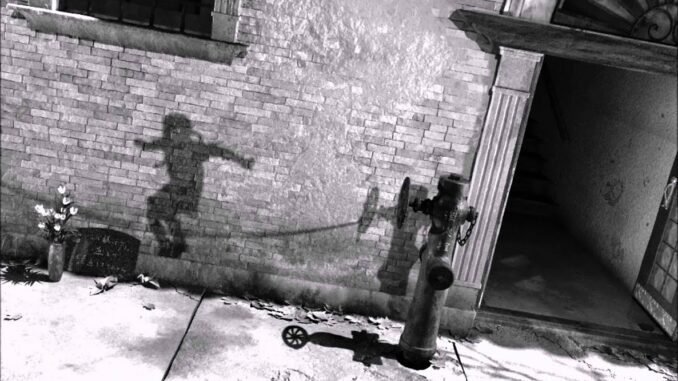
At 8:15 am on the morning of August 6, 1945, a person was sitting on a flight of stone stairs at Sumitomo Bank in Hiroshima, Japan. Seconds later, an atomic bomb detonated 250 meters away, and the person sitting on the stairs was instantly incinerated. He left just like that. But not without leaving a mark. By a flash of heat rays with temperatures well over 1,000 degrees or possibly 2,000 degrees centigrade, that person was incinerated on the stone steps.
Until about 10 years after the explosion, the shadow remained clearly etched into the stones, but exposure to rain and wind gradually blurred it. Therefore, the stone steps were removed and are now preserved in the Hiroshima Peace Memorial Museum.
Somewhere between 150,000 and 240,000 people died in the atomic bombings of Hiroshima and Nagasaki. Tens of thousands of them died in the days, weeks and years that followed. More died instantly.
In Hiroshima, between 60,000 and 80,000 people were killed, literally incinerated to nothingness, in one moment. In Nagasaki, 40,000 people disappeared in just one second.